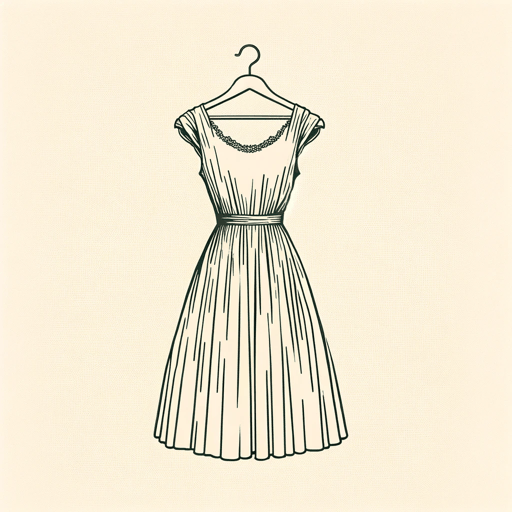24 pages • 48 minutes read
Virginia WoolfThe New Dress
Fiction | Short Story | Adult | Published in 1927A modern alternative to SparkNotes and CliffsNotes, SuperSummary offers high-quality Study Guides with detailed chapter summaries and analysis of major themes, characters, and more.
Story Analysis
Story Analysis: The New Dress”
Narrated through the lens of Mabel Waring’s anxiety-riddled mind, “The New Dress” illustrates Modernism’s interest both in the nuances of human subjectivity and in the stifling impact of patriarchal cultural expectations upon women. The story reflects the isolation that such expectations produce, even amid a group of people, and the importance of psychology in Modernist storytelling.
The plot of the story is unremarkable. A woman gets an invitation to a party, is concerned about what to wear, has a dress made, and then attends the party while worrying that she doesn’t look good enough. The amount of time spent on the protagonist’s thoughts reflects the story’s focus on the inner world (Mabel’s psychology) rather than on external events.
From Woolf and Joyce to Faulkner, the stream-of-consciousness technique became an increasingly powerful tool to explore the world from the inside out. External events become nearly insignificant as authors explore the effects of even the most seemingly small events on their character’s psychology. The narrative technique highlights that while Mabel seems merely to be attending a party, turmoil is raging in her mind. This discrepancy between what is happening in the external world and what is happening in the protagonist’s mind is also a Modernist device used to show, in this case, the hypocrisy most women of Mabel’s era and class must endure.
Related Titles
By Virginia Woolf

A Haunted House and Other Short Stories
Virginia Woolf

A Room of One's Own
Virginia Woolf

Between The Acts
Virginia Woolf

How Should One Read a Book?
Virginia Woolf

Jacob's Room
Virginia Woolf
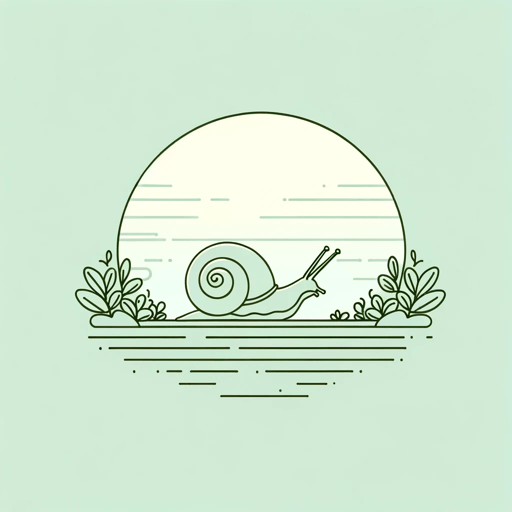
Kew Gardens
Virginia Woolf

Modern Fiction
Virginia Woolf

Moments of Being
Virginia Woolf

Mr. Bennett and Mrs. Brown
Virginia Woolf

Mrs. Dalloway
Virginia Woolf

Orlando
Virginia Woolf
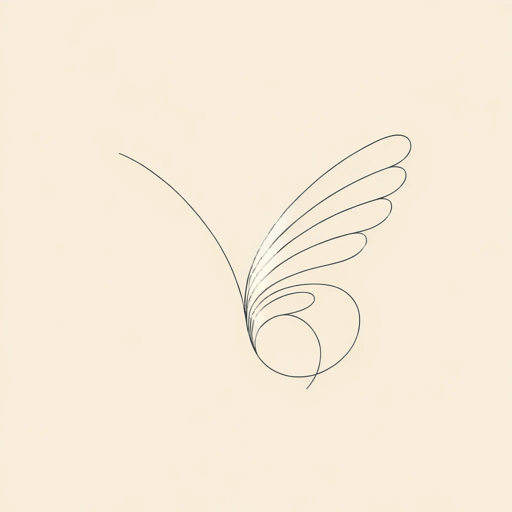
The Death of the Moth
Virginia Woolf

The Duchess and the Jeweller
Virginia Woolf
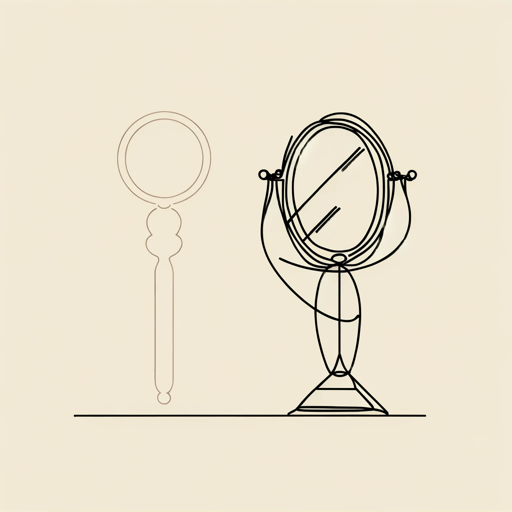
The Lady in the Looking Glass
Virginia Woolf

The Mark on the Wall
Virginia Woolf

The Voyage Out
Virginia Woolf

The Waves
Virginia Woolf
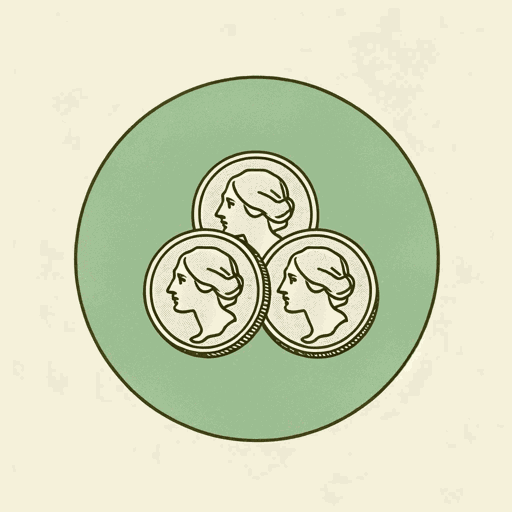
Three Guineas
Virginia Woolf

To the Lighthouse
Virginia Woolf
